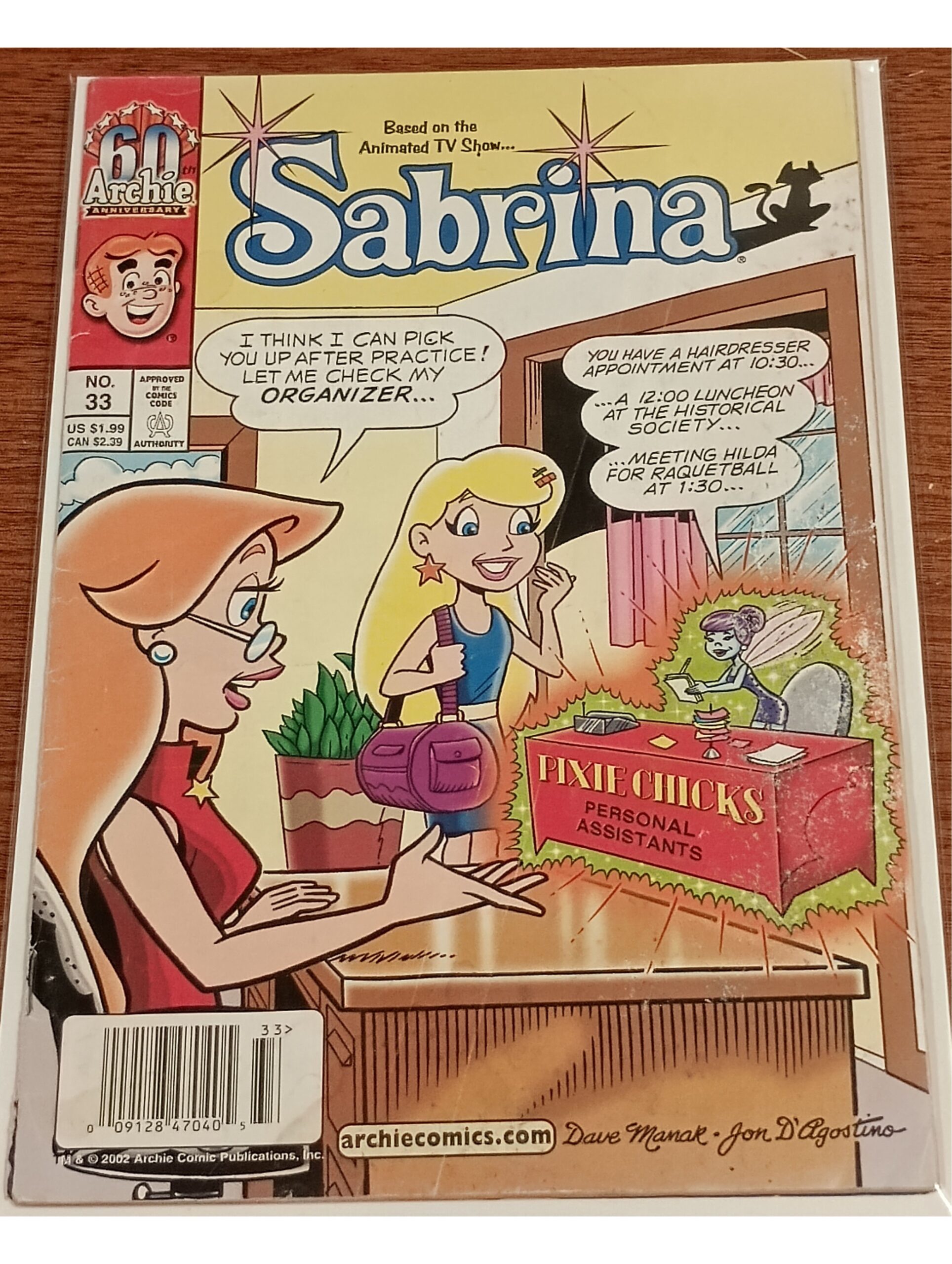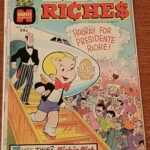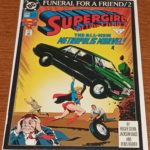If you grew up in the late 1960s or discovered Sabrina the Teenage Witch through one of its many adaptations, you’ve probably wondered: where did Sabrina actually begin? The answer lies in her rich comic origins. In this post, we’ll explore Sabrina the Teenage Witch comic history from her first appearance to the modern reinterpretations that keep her relevant for a new generation of witches and warlocks (and their fans). By the end, you’ll have a comprehensive look at how Sabrina’s character evolved, why she resonated so deeply with readers, and how her lore expanded beyond comics into TV, film, and more.
The Birth of Sabrina: Spellman in Archie’s Universe
First Appearance and Early Context
Sabrina Spellman made her comic debut in “Archie’s Mad House” #22 (October 1962). Introduced as a mischievous witch living with her aunts Hilda and Zelda, she immediately stood out from the typical Archie gang for her magical hijinks. Though she was part of the Archie Comics family, Sabrina’s tone was lighter and more whimsical—unlike Archie’s teen drama. This contrast helped carve out a niche for “Sabrina the Teenage Witch” within the broader Archie universe.
Quick Fact: Even at her debut, Sabrina’s quirky sense of humor and penchant for mischief foreshadowed the timeless appeal that would keep her in publication for decades.
The Classic 1960s Look
In the early issues, Sabrina sported a short, flip-style bob, often wearing a simple A-line dress and her signature black headband. Her aunts Hilda (red hair) and Zelda (black hair) provided comedic foils, each representing different magical philosophies—Hilda’s carefree spontaneity versus Zelda’s studious seriousness. Each short story (often only 6–8 pages) focused on Sabrina learning a lesson—“be careful what you wish for” or “use magic responsibly.” Although formulaic by today’s standards, these slices of teen-witch life established her identity as both relatable and fantastical.
Expanding Sabrina’s World: From 1970s to 1980s
Sabrina’s Solo Series Arrives
In August 1971, Archie Comics launched “Sabrina the Teenage Witch” #1—a milestone in Sabrina’s comic history. This transition meant Sabrina was no longer a backup feature in “Archie’s Mad House” but had her own monthly series. With more pages to play with, writers could delve deeper into Sabrina’s high school experiences, friendships, and magical mishaps. Secondary characters—human and supernatural—such as Cheryl Blossom and Mr. Kraft (Sabrina’s guidance counselor) began popping up regularly.
Evolving Art Styles and Storylines
Through the 1970s and into the 1980s, Sabrina’s comic art gradually modernized. Illustrators experimented with more dynamic layouts, bolder inks, and occasionally ventured away from the simplistic Archie style. By the late 1970s, stories began highlighting Sabrina’s independence and problem-solving skills—she wasn’t just a comedic trope but a young witch navigating school, relationships, and moral dilemmas. These shifts align with broader cultural changes, as readers sought stronger female leads in comics.
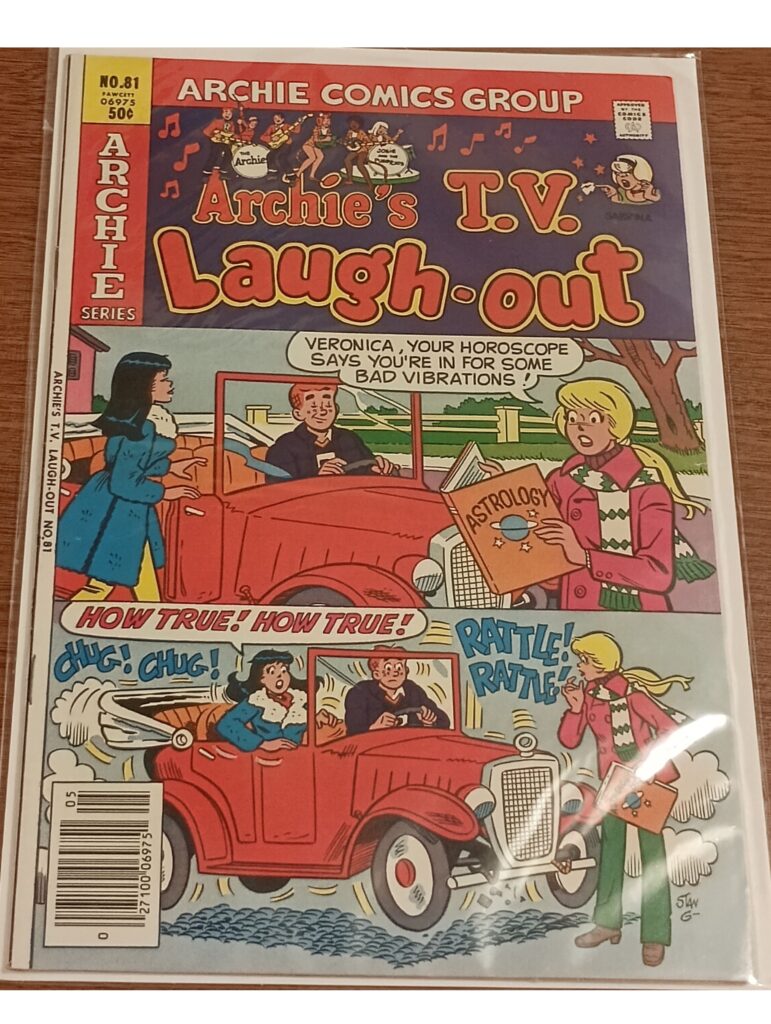
The 1990s Revival: Sabrina’s Multimedia Breakthrough
Animated Series and Renewed Interest
Before The WB’s live-action series premiered in 1996, Sabrina starred in an animated show in 1999. Although this was outside of comics, it revitalized interest in her comic history—readers who watched the cartoon often sought the original stories. Archie Comics published tie-in issues and collected editions, reigniting Sabrina comic history for a new, younger audience.
Impact of the Live-Action Sitcom
“Sabrina the Teenage Witch” on The WB (1996–2003), starring Melissa Joan Hart, drove massive popularity. Archie Comics responded by reprinting classic stories and launching “Sabrina the Teenage Witch Magazine” (1998–2003), blending comics with features about pop culture and fan art. Post-sitcom, Sabrina comics leaned into the “family-friendly” aspects of the TV show, incorporating sitcom-like scenarios such as balancing school, part-time jobs, and budding romances—all with a magical twist.
Darker Turns: Horror Elements in the 2000s
Sabrina’s Role in “Afterlife with Archie”
In “Afterlife with Archie” Vol. 1 (2013), Sabrina becomes a pivotal character—her black magic accidentally triggers a zombie apocalypse in Riverdale. This event marked one of the first times Sabrina’s magic had dark, irreversible consequences, demonstrating her versatility as a character in horror settings. That success paved the way for the Archie Horror imprint to launch “Chilling Adventures of Sabrina” (2019–2020). This modern comic rebooted Sabrina’s origins, presenting a grittier, occult-infused tale—far removed from the lighthearted 1960s version. Here, Sabrina wrestles with occult rituals, moral ambiguity, and her place between the world of mortals and the powerful witches’ coven.
Reimagining Sabrina for a New Generation
In “Chilling Adventures”, Sabrina’s storyline often revolves around sacrifices, forbidden knowledge, and confronting ancient entities—elements that drastically contrast her earlier comedic capers. This pivot made Sabrina appealing to older fans who grew up with her and now crave more mature content. The art style became starkly atmospheric—heavy shadows, gothic architecture, and more realistic proportions. This evolution underscores Sabrina’s complexity as a character who can inhabit both teenage whimsy and horrifying nightmares.
Sabrina’s Modern Comic Incarnations (2020s and Beyond)
All-Ages Adventures and Crossovers
Titles like “Betty and Veronica Meet Sabrina” (2016) keep Sabrina in all-ages storytelling. These one-shots bring her back to lighter roots, collaborating with Betty and Veronica against magical or supernatural threats. To commemorate her 60th anniversary, Archie Comics released collections of her earliest adventures, ensuring new readers can access her comic history and compare her earliest appearances to modern stories.
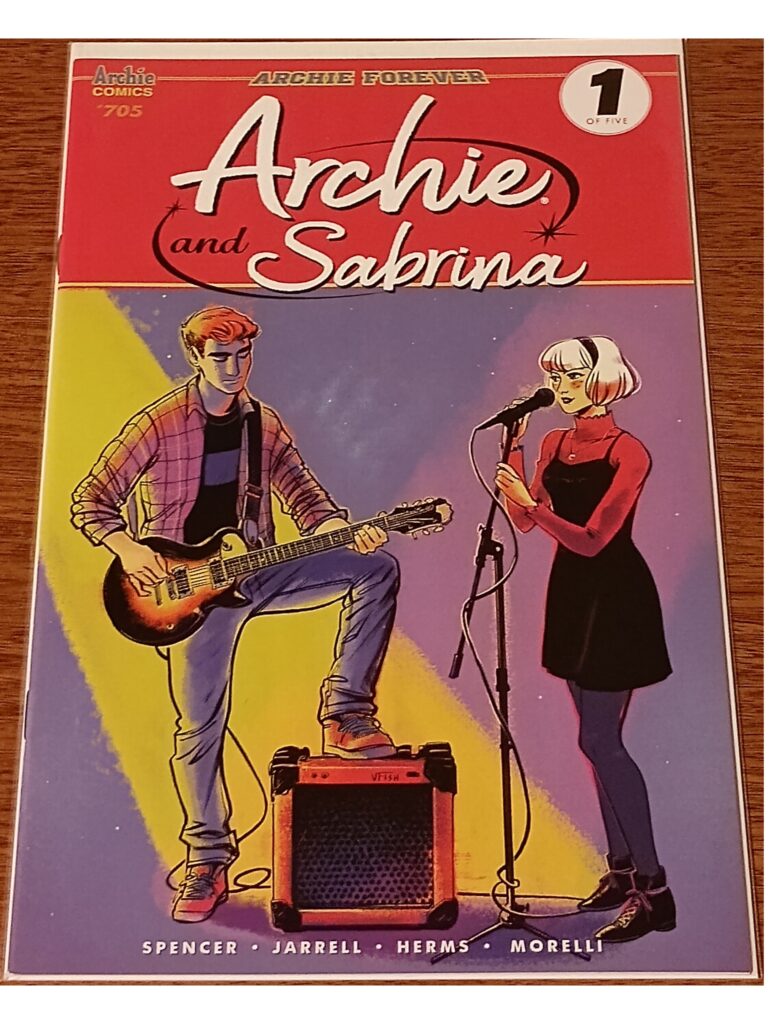
Streaming Influence & Tie-In Comics
Netflix’s “Chilling Adventures of Sabrina” (2018–2020) led to companion comics, enabling fans to dive deeper into Sabrina’s comic history. These tie-ins often explore backstories of secondary characters (e.g., Sabrina’s parents, Salem the cat), expanding the lore beyond the confines of the show. Rumors of new Sabrina-based projects (animated series, merchandise, limited comic arcs by top writers) suggest her comic history will continue expanding, keeping both seasoned collectors and curious newcomers engaged.
Why Sabrina the Teenage Witch Comic History Still Matters
Evergreen Appeal
From her 1962 debut to today, Sabrina’s coming-of-age themes—identity, responsibility, and friendship—resonate across generations. Whether you pick up a vintage issue or a modern horror reboot, you’re participating in over six decades of lore.
Collector’s Value
Early issues (especially “Archie’s Mad House” #22) are prized finds. Understanding Sabrina’s comic history helps collectors identify key issues—first appearances, variant covers, and limited editions. As darker, critically acclaimed titles like “Chilling Adventures” gain cult followings, first prints and signed editions become increasingly valuable.
Cultural Impact
Sabrina’s journey from lighthearted witch-of-the-week to dark, morally complex protagonist reflects broader comic trends: a shift toward mature storytelling without abandoning the nostalgia that made her beloved. Her presence across TV, film, animated series, and comics makes her a cultural touchstone—a gateway character for fans exploring wider comic universes.
Key Issues & Story Arcs to Collect
If you’re intrigued by Sabrina the Teenage Witch comic history, here are must-have issues and storylines:
- “Archie’s Mad House” #22 (October 1962) – First Appearance
- “Sabrina the Teenage Witch” #1 (August 1971) – Launch of her solo series
- “Sabrina Spellman’s Super Spooky Tales” #1–#5 (1974–1975) – Early horror-themed backup stories
- “Sabrina the Teenage Witch Magazine” #1–#34 (1998–2003) – Sitcom-era tie-in magazine
- “Afterlife with Archie” #1–#3 (2013) – Sabrina’s pivotal role in Archie’s first horror arc
- “Chilling Adventures of Sabrina” #1–#16 (2019–2020) – Modern horror reboot
Embracing Sabrina’s Magic Across Generations
When you explore Sabrina the Teenage Witch comic history, you’ll find a character who has adapted alongside readers for over sixty years—from her 1962 introduction as a lighthearted teenage witch to her modern, gothic reinvention. Whether you’re a collector seeking the first-ever “Archie’s Mad House” #22, a fan of the 1990s sitcom-era comics, or drawn to the chilling horror of “Chilling Adventures,” there’s something in her lore for everyone.
By understanding Sabrina’s comic origins and evolution, you gain a deeper appreciation for her enduring appeal: she’s not just a character who casts spells, but a symbol of teenage trials, moral choices, and the eternal search for identity. Her journey—from mischievous beginnings to darker, nuanced storytelling—demonstrates how Archie Comics can reinvent a character while staying true to the essence that made her magical in the first place.
So—whether you’re just discovering Sabrina’s earliest adventures or revisiting her latest horror exploits, her comic history offers a treasure trove of stories that remain relevant, entertaining, and surprisingly timeless. Happy collecting, and may your future reading be filled with magical moments!

